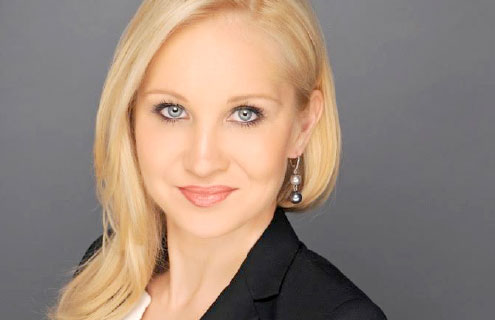Swiss Private Wealth Advisors and Lighthouse Captive Services
The PATH Act represents an important policy choice by the US to expressly permit the continued use of micro captives, according to Inga Ivsan of Swiss Private Wealth Advisors and Lighthouse Captive Services
Why were the 831(b) changes targeted at wealthy families?
Representatives from the Internal Revenue Service (IRS) and others indicated that they felt using captives to shift wealth outside the US transfer tax system was too much of a good thing. They pressured Congress to either get rid of Section 831(b) of the Internal Revenue Code (IRC) altogether or foreclose the ability of family members to transfer wealth to younger generations through the use of captive insurance. Congress diligently decided that it wanted to keep the benefits of 831(b) while curbing its use in the context of family wealth shifting.
What were the changes made to the 831(b) election and what will their effect be?
On 18 December 2015, US President Barack Obama signed into law tax extenders legislation combined with a $1.1 trillion omnibus spending bill. The legislative package was first passed by the House of Representatives on 17 December, and subsequently ratified by the Senate on 18 December. Division Q of the legislative package contains a set of provisions labelled the Protect Americans from Tax Hikes (PATH) Act of 2015. Embedded in the PATH Act, Section 333 of Division Q modifies the rules of 831(b) in two significant ways.
Firstly, Section 333(b) of the PATH Act raises the amount of exempt premium income for a micro captive under 831(b) from $1.2 million to $2.2 million for tax years beginning after 31 December 2016. The legislation also introduces an inflation adjustment mechanism, automatically increasing the 831(b) limit in $50,000 increments to correspond with cost of living adjustments made under Section 1 of the IRC.
Secondly, 831(b)(2) is modified under the PATH Act in order to curb the ability of families to shift wealth to succeeding generations through the use of captive insurance. The legislation accomplishes this through the introduction of a new compliance test, billed as a “diversification requirement”. The label is misleading, because it has nothing to do with risk diversification under tax law. Rather, an insurance company is left largely unaffected under the new 831(b) rules if no more than 20 percent of new written premiums are attributable to any one policyholder. In other words, captives with a diverse pool of policyholders are not affected by the new diversification requirement.
If the insurance company does not have diversified policy ownership, then the new 831(b)(2)(B) seeks to ascertain whether there is a difference in the percentage ownership between the family members who own the captive and the family members who own the insured business. The objective of this particular provision is to preclude use of the 831(b) election if a spouse or lineal descendant owns a disparately larger interest in the captive than they do the insured business.
With these changes in place, do you believe 831(b) captive insurers will avoid scrutiny from IRS in the future?
The PATH Act represents an important policy choice by the White House and Congress to expressly permit the continued use of micro captives.
Treasury and IRS representatives obviously pitched Congress on the increasing use of captives to exploit the 831(b) exemption, but Congress has clearly chosen to preserve—and expand—the exemption. Moreover, testimony before Congress indicated that the concern with 831(b) was not the primary concern, and that transfer tax principles commanded primary attention.
What action is the IRS taking to crack down on micro captives attempting to avoid tax instead of providing insurance?
We are seeing where the IRS is challenging captives promoted by some well-recognised participants in the industry, including both captive managers and lawyers who work with them. The Avrahami case is an example of the type of case the IRS is targeting for litigation.
A common thread is that: (i) the clients are aggressively seeking tax savings over any apparent concern for risk reduction or insurance profits; and (ii) the promoters have little to no understanding of how to properly price coverage or run a reinsurance pool.
What advice would you give to SMEs considering forming their own micro captives following implementation of the new rules?
Congress has clearly given the green light for the increased use of captive insurance, so long as the captive serves a legitimate business purpose. While it is tempting to be enthralled by the exemption offered under 831(b), a well-run captive can produce profits that easily outdistance the value of any tax savings offered. More importantly, small- and medium-sized enterprises (SMEs) stand to benefit from the increased protection of a captive.
In our business, many SMEs and their principals find that captive insurance offers a rational basis by which underwriting profits can be efficiently protected from the claims of unanticipated creditors, thereby enhancing wealth preservation.





